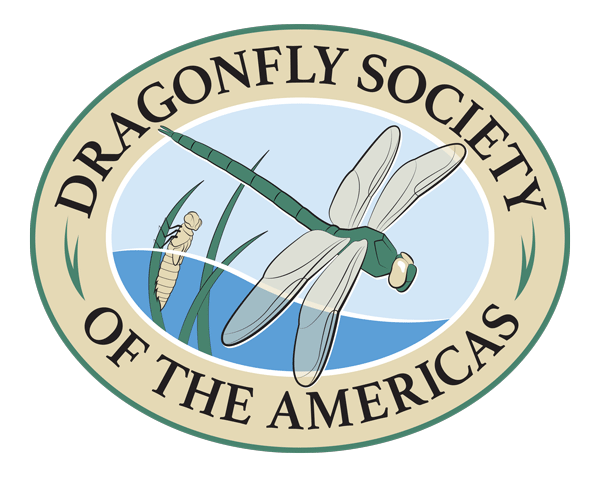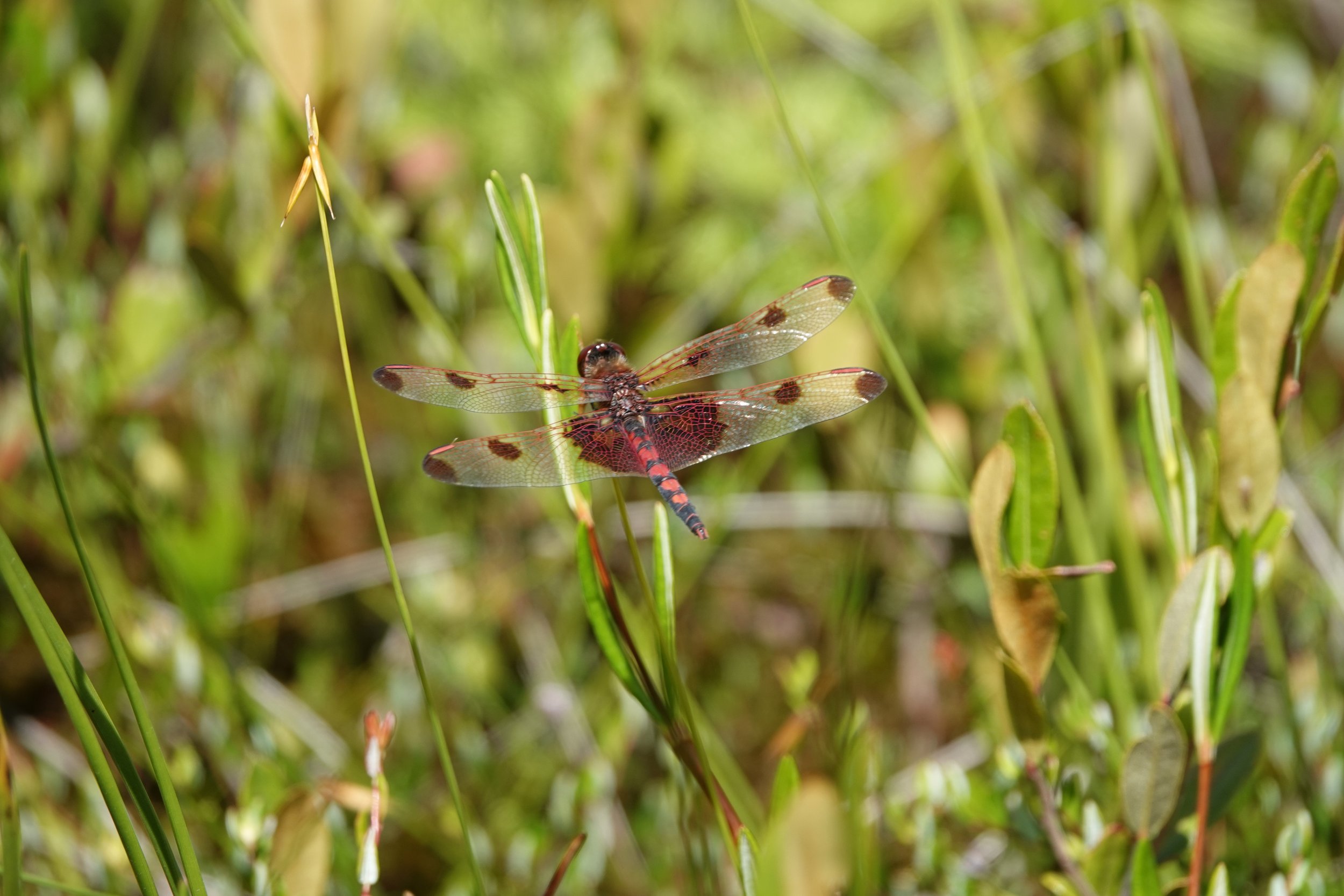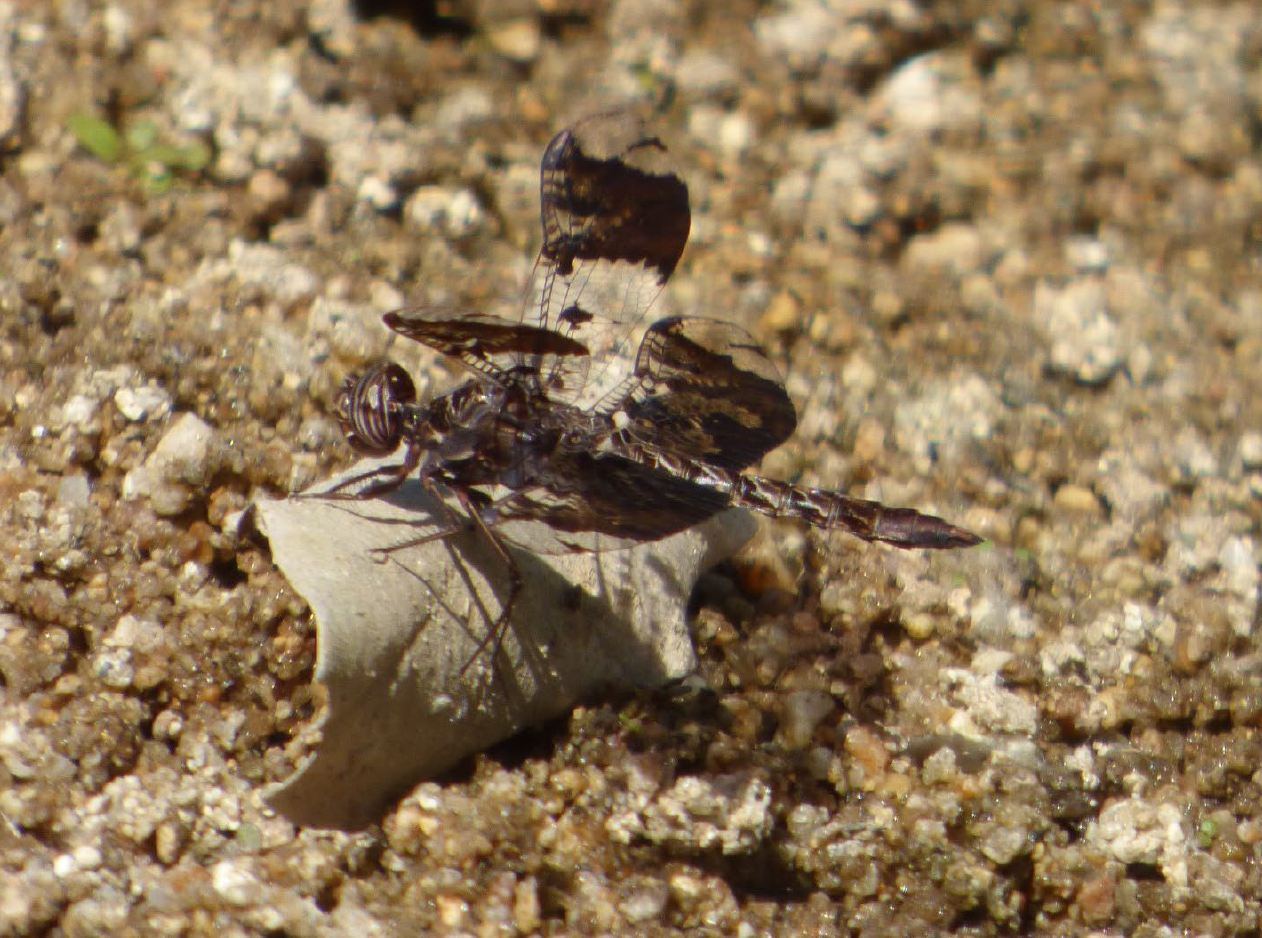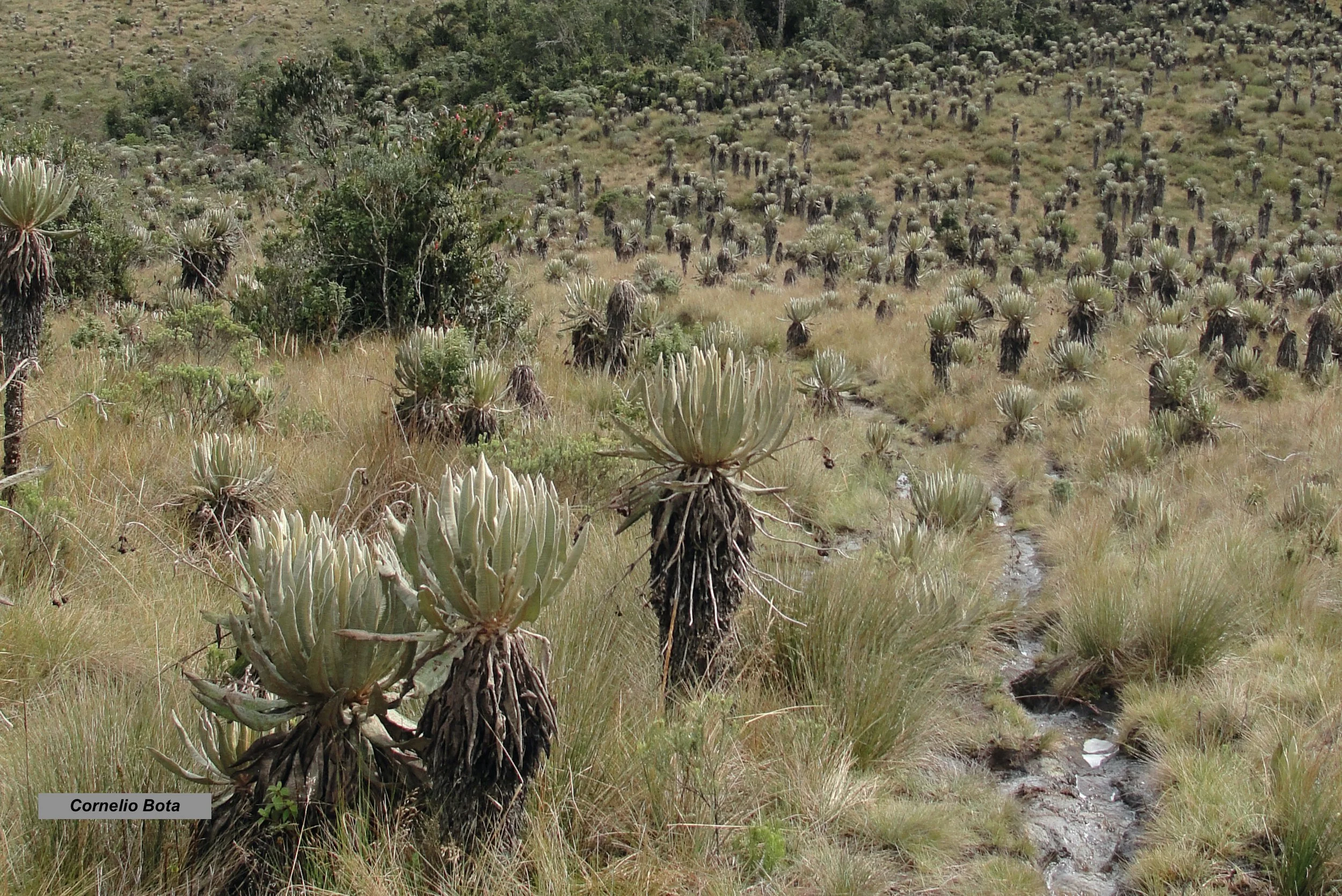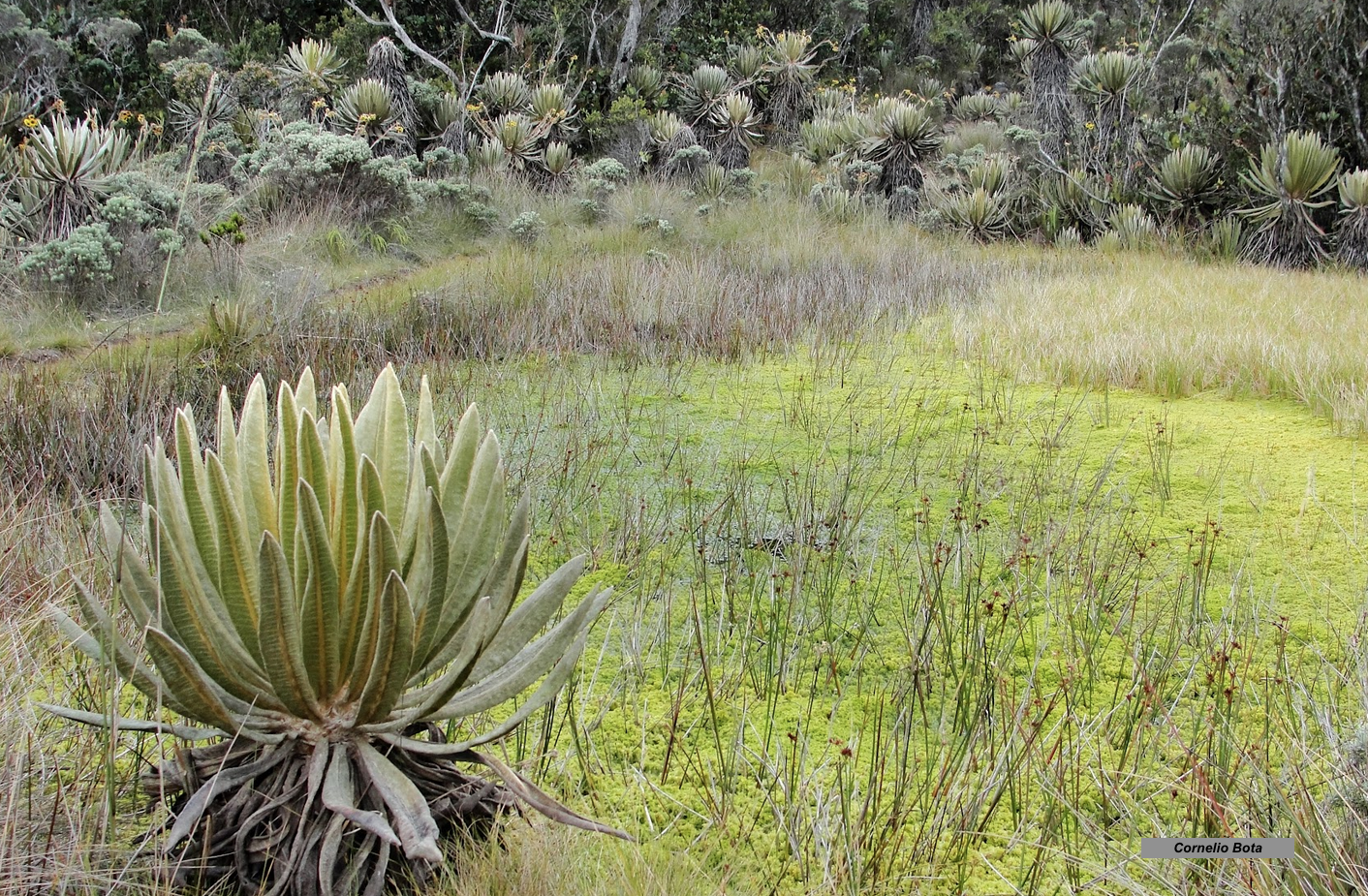March Species of the Month: Sphagnum Sprite (Nehalennia gracilis)
Sphagnum Sprite (Nehalennia gracilis) (male). David Smith July 25 or August 4, 2022 at Elfin Bog near Hibbing, Minnesota.
The Sphagnum Sprite (Nehalennia gracilis) is one of six members of the genus, three of which are in temperate North America; the latter have overlapping ranges and a shared preference for boggy habitats and are a tiny one inch or so in length. Male Sphagnum Sprites, in the family Coenagrionidae, are distinguished most readily in the field by the solid blue color of S8-S10 and by an elongated occipital bar. Females are set apart most readily from other sprite females by the black and blue pattern of S8-S10 as well as the occipital bar. Under magnification there are additional distinctive features in the male appendages and female prothorax. During the summer 2022 quest for the Elfin Skimmer, David Smith and his wife, Suzanne Winckler, were surprised to discover the Sphagnum Sprite in Minnesota. Read on to hear more about their adventures.
Two Sprites, Please!
Nehalennia, a word of possible Celtic origin meaning “she near the sea” (de Bernardo Stempel 2004), is a goddess of multiple presumed powers worshipped over centuries in northern Europe. Nehalennia is also the name Sélys Longchamps (1850) assigned to a new genus of diminutive damsels in the family Coenagrionidae. Sphagnum Sprite is similar in size and overall appearance to the more common Sedge Sprite (N. irene). Each have flight times from May to August, and the two species share habitat preferences and are often found together within their overlapping ranges. I should note that the Southern Sprite (N. integricollis), whose range is restricted to the southeastern US, also is similar in appearance to and can co-occur with Sphagnum Sprite, but this is a species unfamiliar to me.
Range maps for Sedge Sprite (Nehalennia irene; upper) and Sphagnum Sprite (N. gracilis; lower). Data from OdonataCentral.org.
In Albert P. Morse’s original description of Sphagnum Sprite (1895), he noted his type specimens from Massachusetts were “Taken near stagnant pools in peat-bogs in company with irene, with which species it has hitherto been confused.” The photos in Figure 2 perhaps highlight how separating these species could evade casual observation.
Photographic comparison of Sphagnum (a and b) and Sedge Sprite (c and d). Males (a and d) and females (b and c). All photographs taken by the author on July 25 or August 4, 2022 at Elfin Bog near Hibbing, Minnesota.
I was not prepared to see Sphagnum Sprite on our Elfin Skimmer outing near Hibbing, Minnesota, this past July 25. We saw numerous sprites among the floating sphagnum mats at Elfin Bog, as seen here.
Suzanne Winckler taking photographs at Elfin Bog on August 4, 2022. This bog is typical of others in the area with a floating mat of sphagnum moss species interspersed with Cotton Grass (Eriophorum angustifolium) and Purple Pitcher Plant (Sarracenia purpurea) and surrounded by Black Spruce (Picea mariana).
I was initially calling all of these Sedge Sprites but was nonetheless left a bit ill-at-ease with several of the “Sedge Sprites” we were identifying. Some just looked different. As always, I took photos; only after carefully examining these photographs on the computer at home and comparing with sprite entries in field guides, did I realize we had seen Sphagnum Sprite, a new species for us and, as it turns out, for the state of Minnesota.
That realization mandated a return trip on August 4 to Elfin Bog where, with forethought, we enjoyed seeing Sphagnum Sprites alongside Sedge Sprites and a few more Elfin Skimmers. For me, this experience underscores how useful I have found photography as it gives me permanent access to the structural details to better appreciate and identify odonates.
David Smith is a retired molecular biologist who is now big into photography of birds, butterflies, and, of course, odonates. He and Suzanne Winckler split time between their home bases in Embarrass, Minnesota and Álamos, Sonora, México while pursuing nature in many places. He can be reached at smith.david26@gmail.com.
